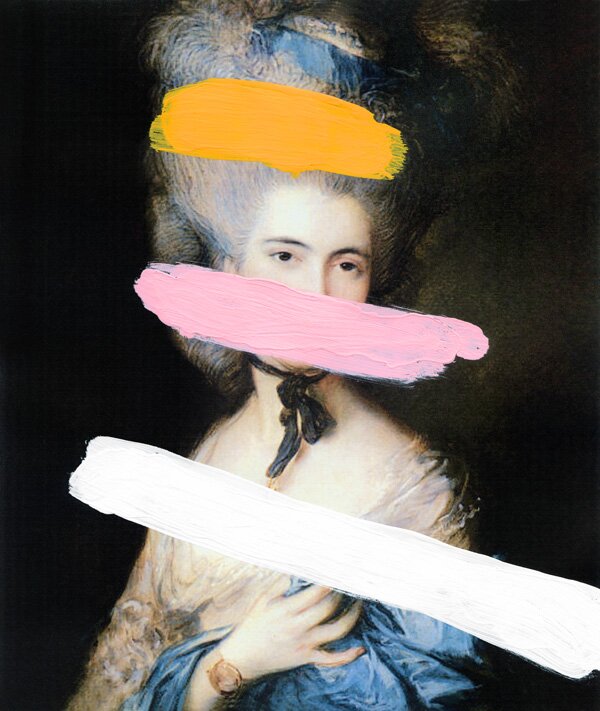“One of the most transformative experiences of my life was standing close enough to a Roy Lichtenstein painting to see the hand-made imperfections of his trademark hard edges.
I don’t mean to wax poetic here—it wasn’t an emotional or spiritual transformation, per se—but that experience involved the gradual realization that technical and, I supposed, intellectual perfection (like the perfection of a perfectly straight edge) is both unattainable and unnecessary for artists, or anyone, to attempt and to achieve.
At the time I wasn’t, what I would describe, an artist; I was quite young but I was totally absorbed in the idea of art. So this experience, which began as a superficial observation, increasingly found application in the way I proceeded to receive the world around me and my potential role in it—despite art, but because of art.
In hindsight, realizing that Lichtenstein’s lines weren’t perfect meant that I could try anything without the weight of my unrealistic expectations obstructing my attempt, and, furthermore, that other people might end up really loving what I do despite the insecurities inherent in my ridiculously close perspective.
I don’t mean to imply, by noticing the minuscule deviations of the lines, that I became in any way disillusioned with Lichtenstein and his work; quite the contrary. I came away from that experience understanding that the artistic “giants” who I admire are not, in fact, precision machines and I was doing everyone a disservice by believing as much. Once I realized this, once I realized everyone is in the same boat, at least two things seemed to happen: 1) I gained practically unconditional compassion for everyone else; and 2) I gained compassion for myself.”
– Chad Wys ♥





